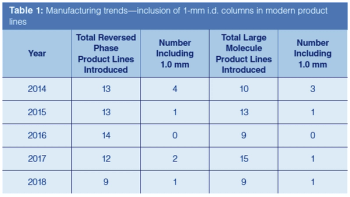
LCGC Europe
This article is an update on the technique of HILIC and covers recent ideas on the mechanism of separation, and how it may be manipulated to suit the separation of particular sample types. The advantages of HILIC are discussed, and also the actual and perceived disadvantages of the technique and how the latter can be overcome. Some new applications of HILIC for characterization of biopharmaceuticals, where it can even be applied to the separation of intact proteins, and to applications in metabolomics, will be discussed.








